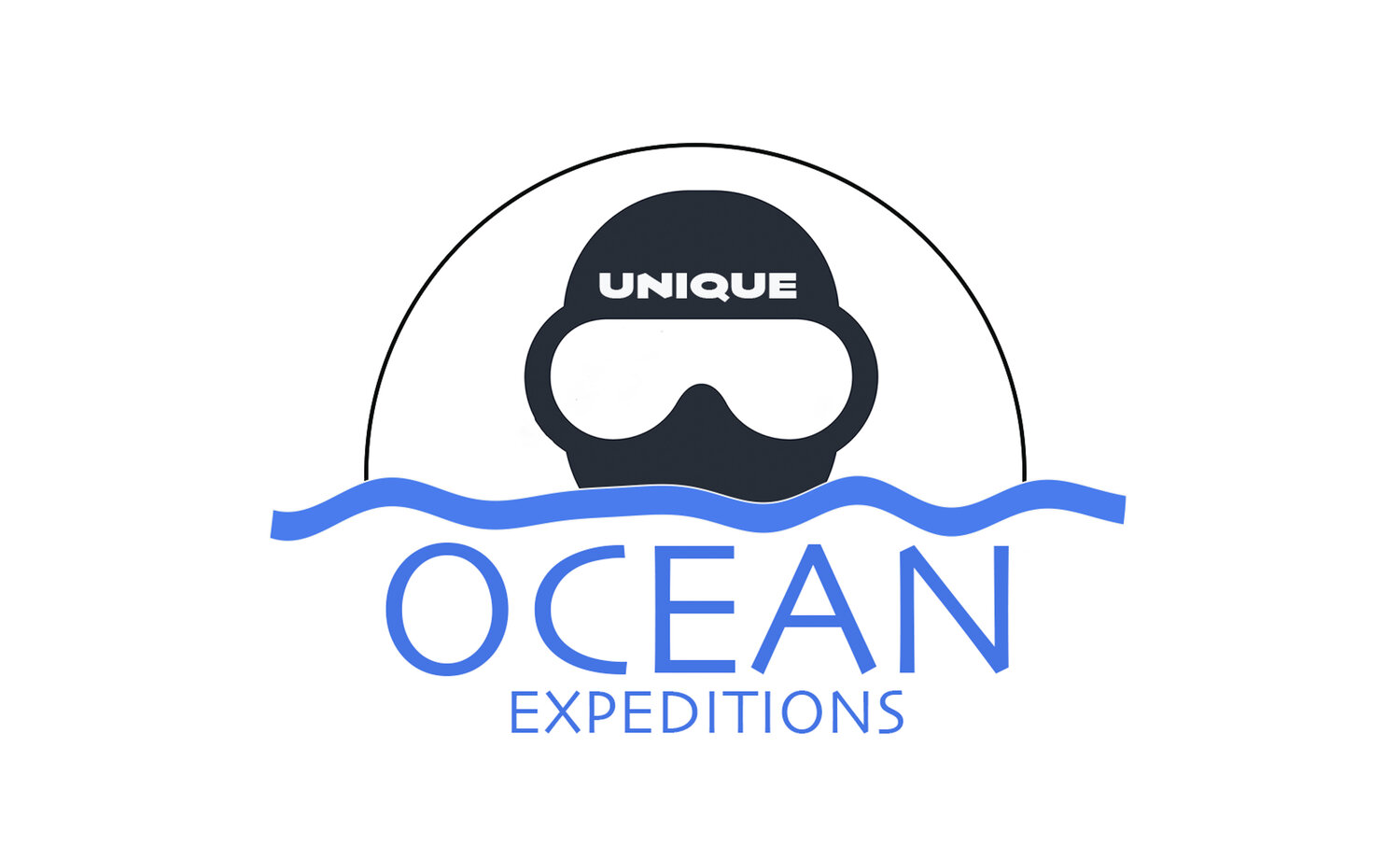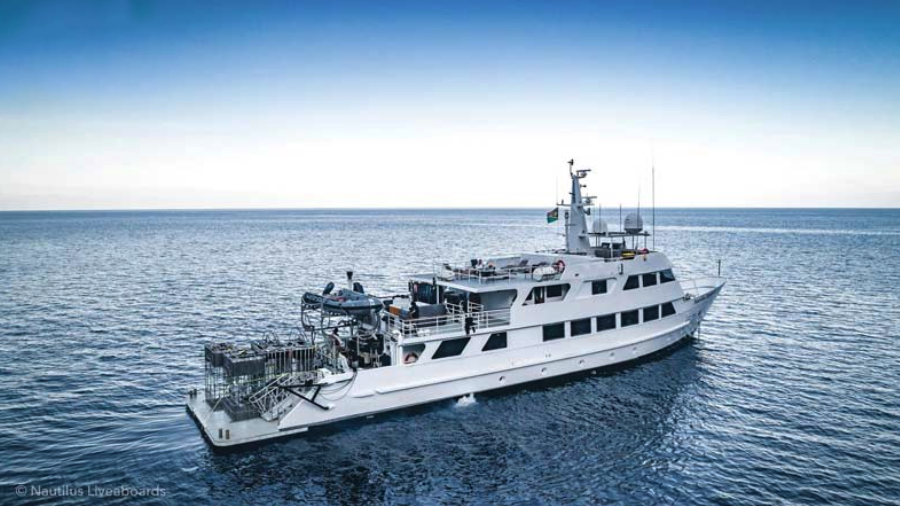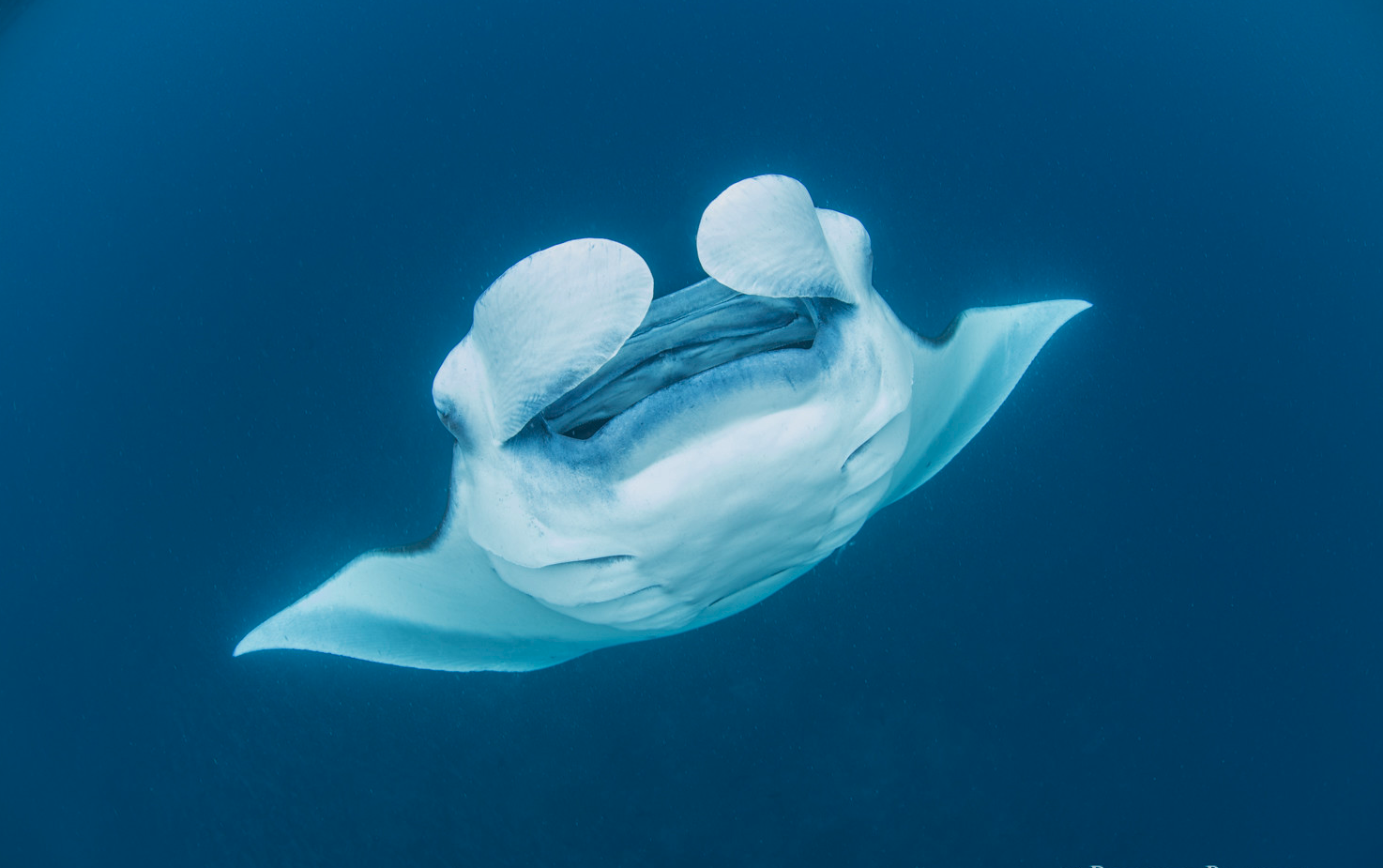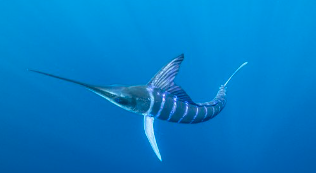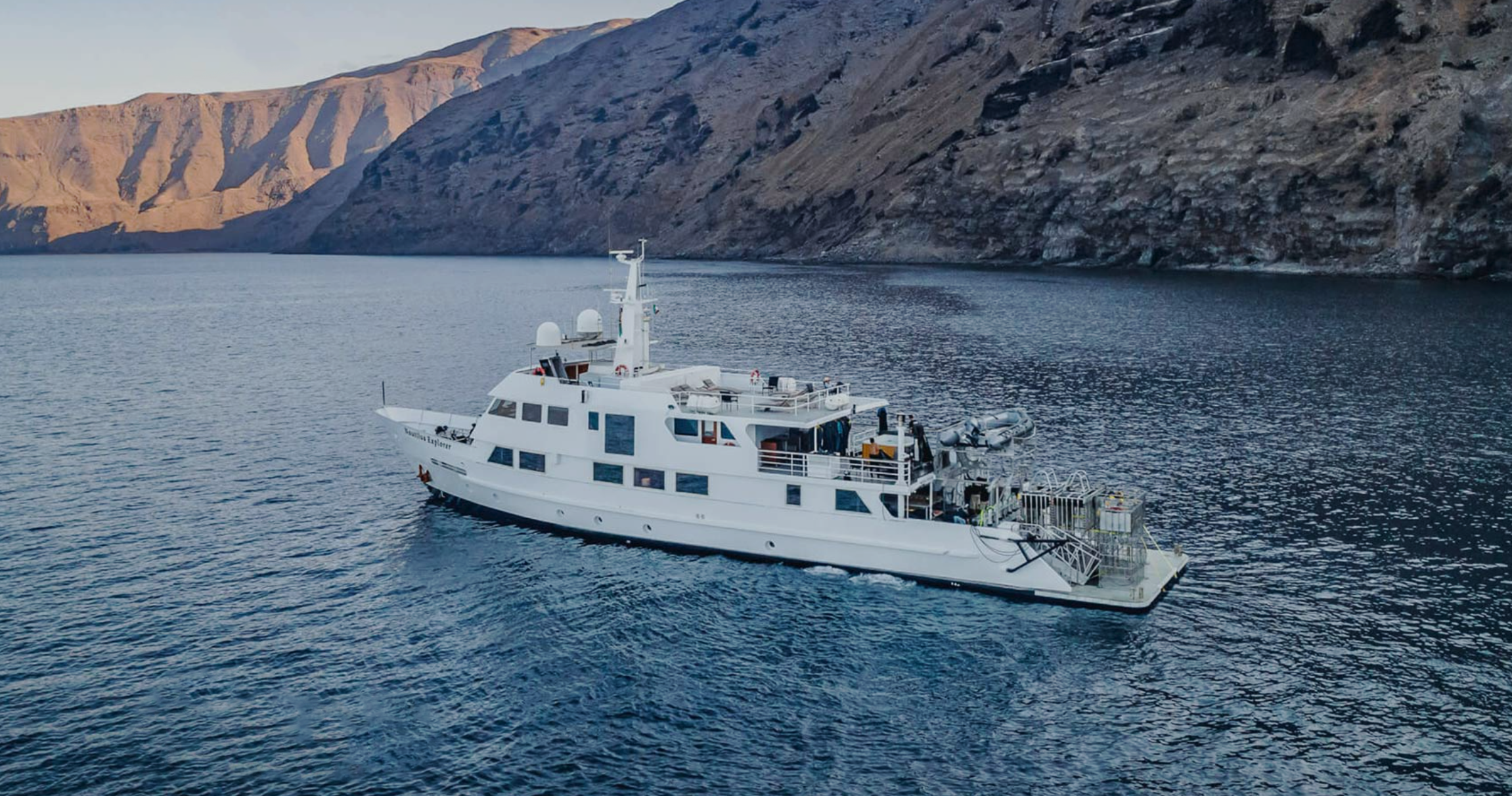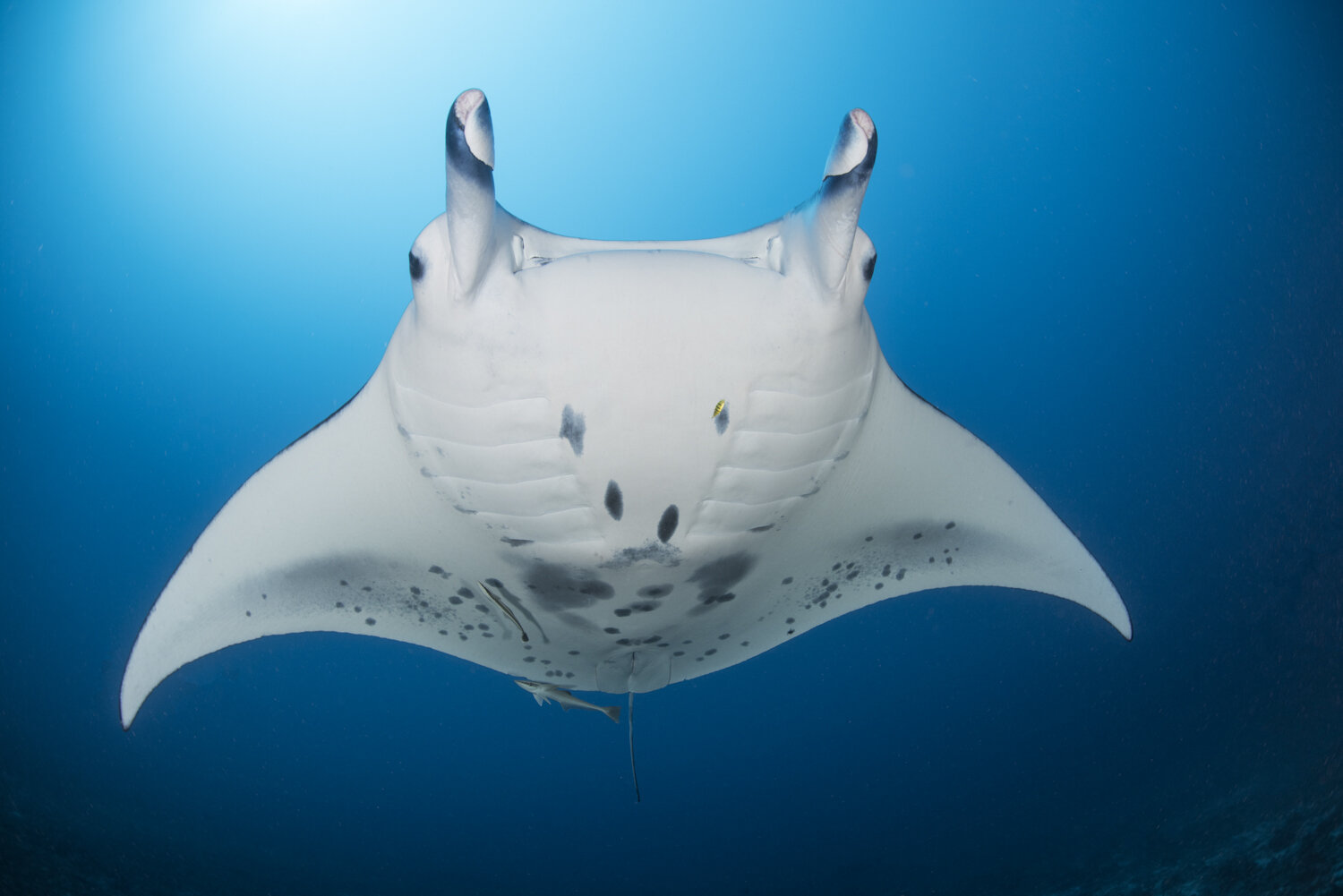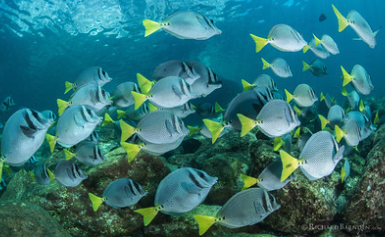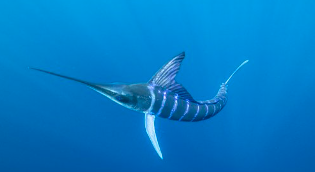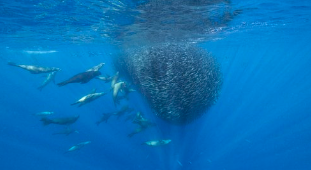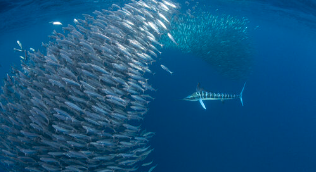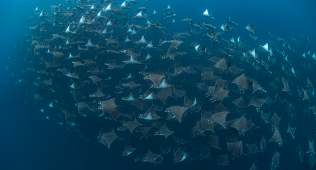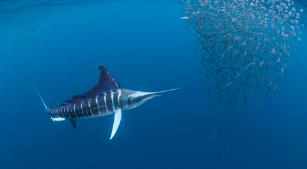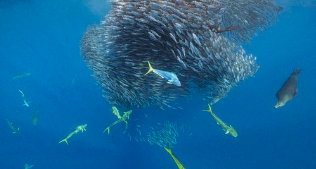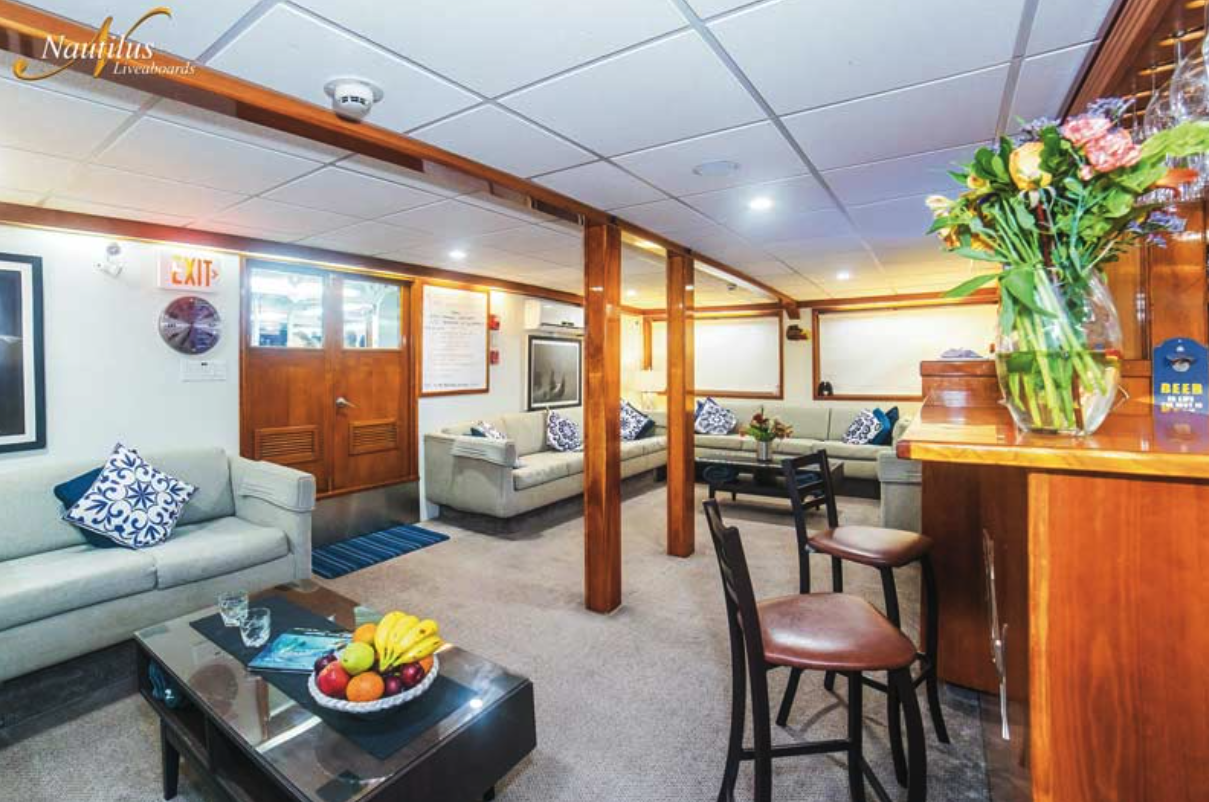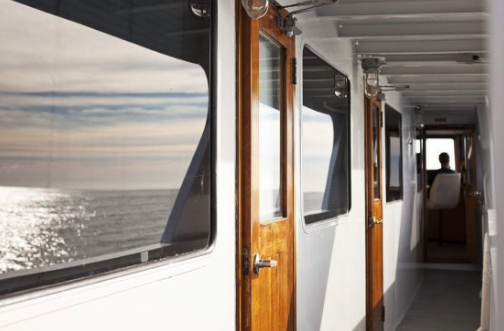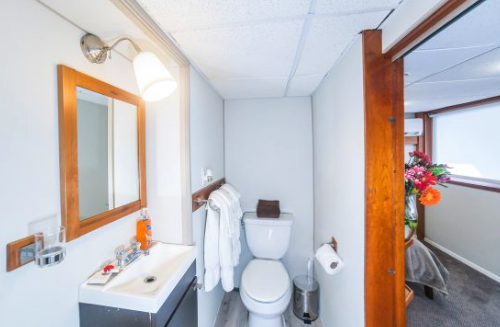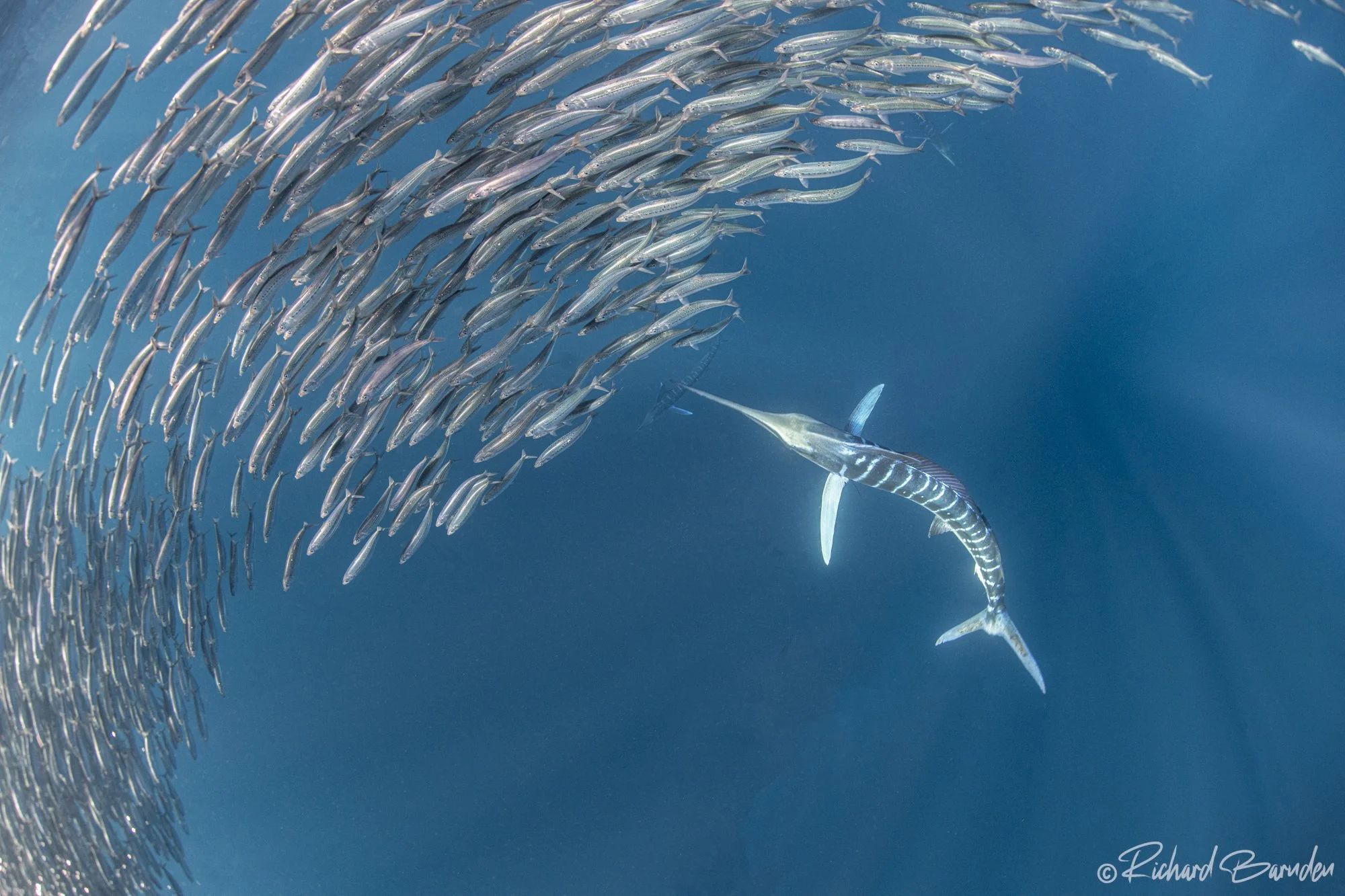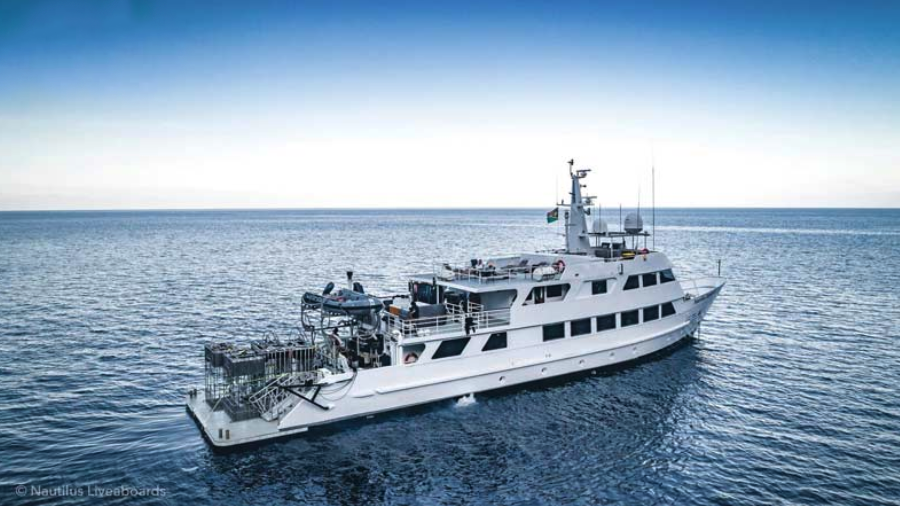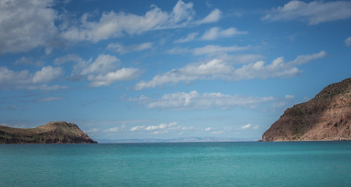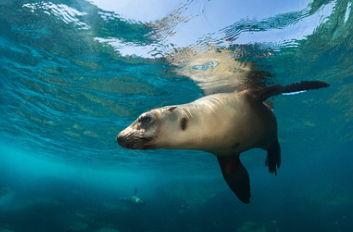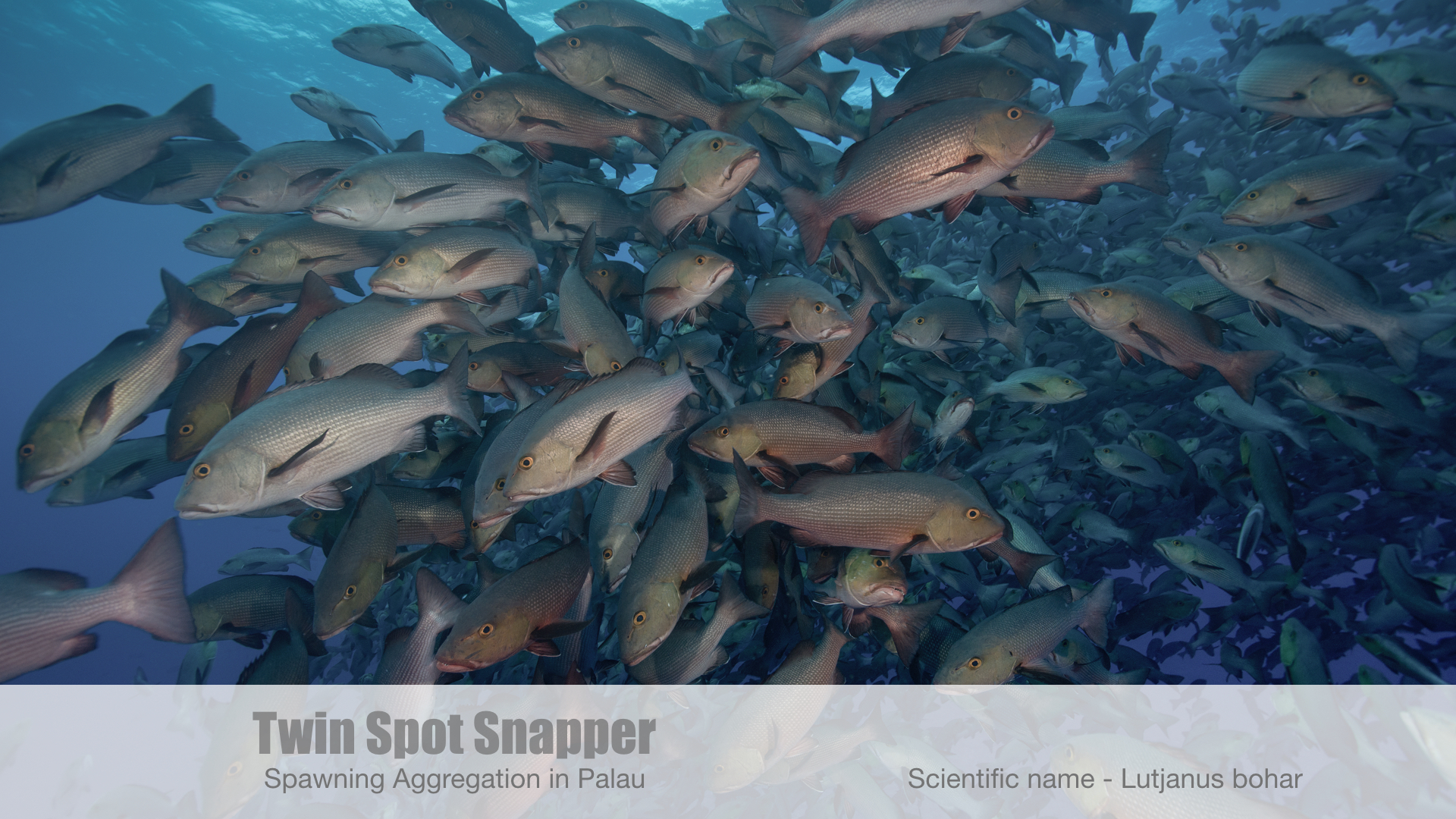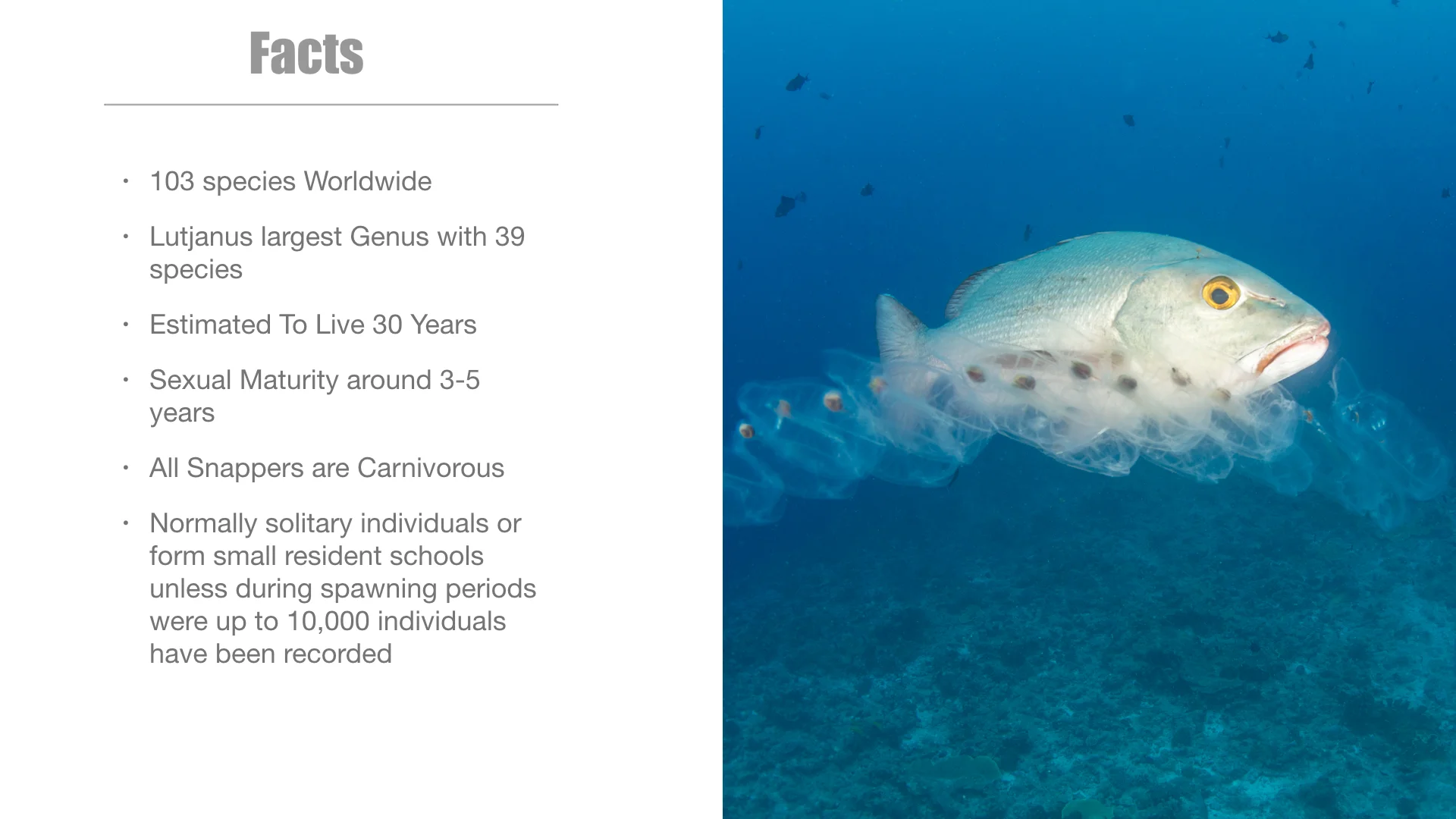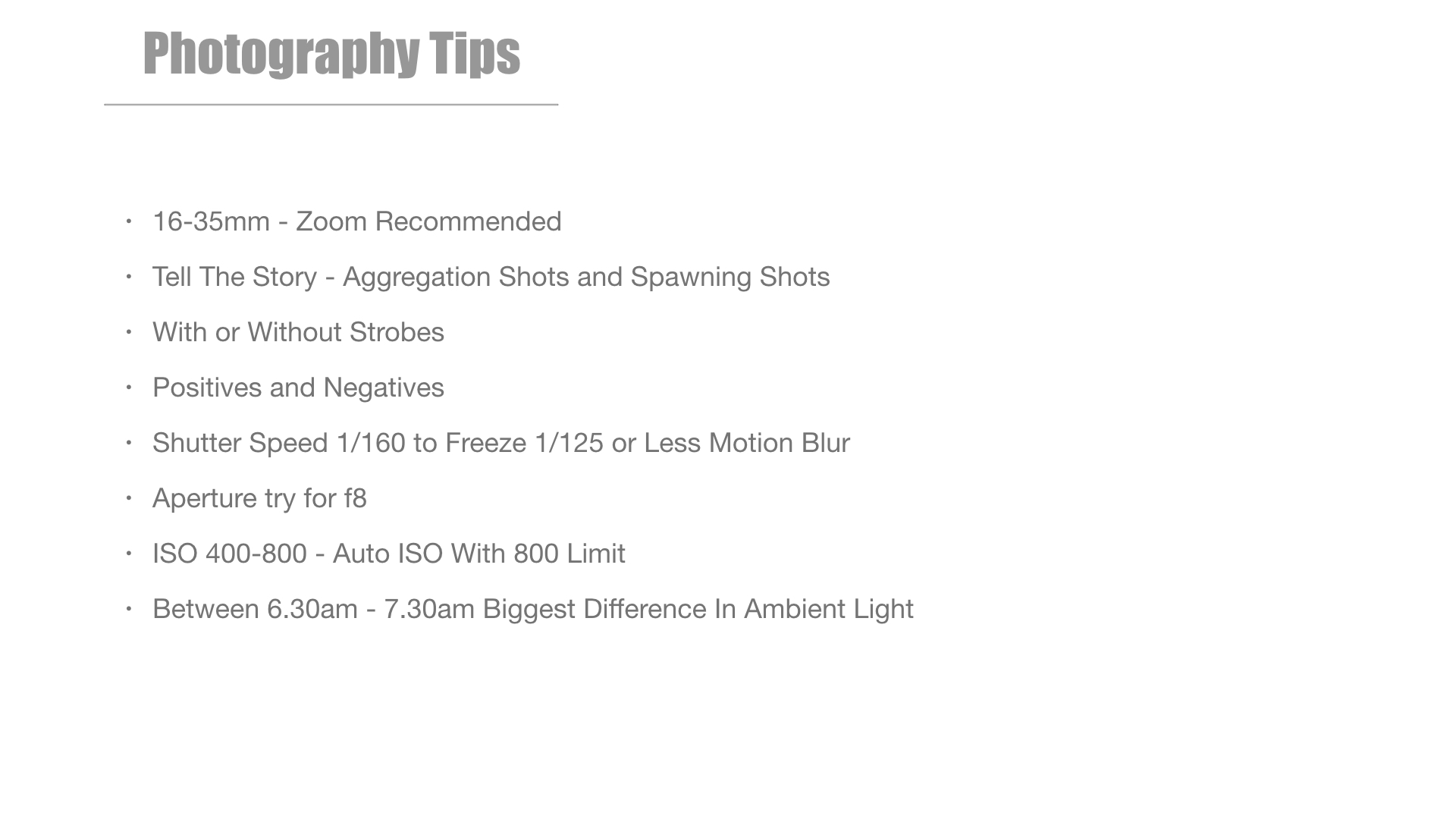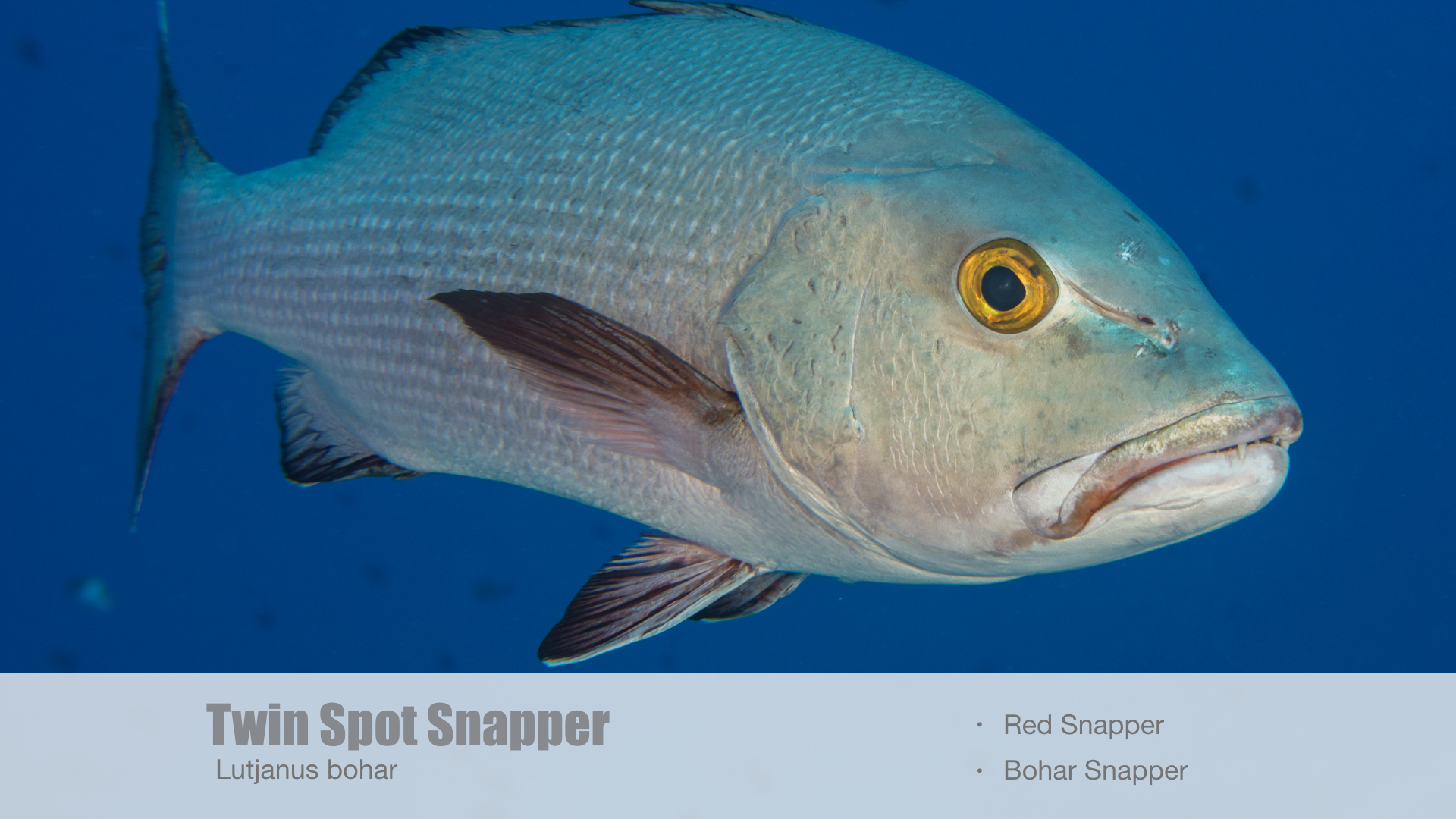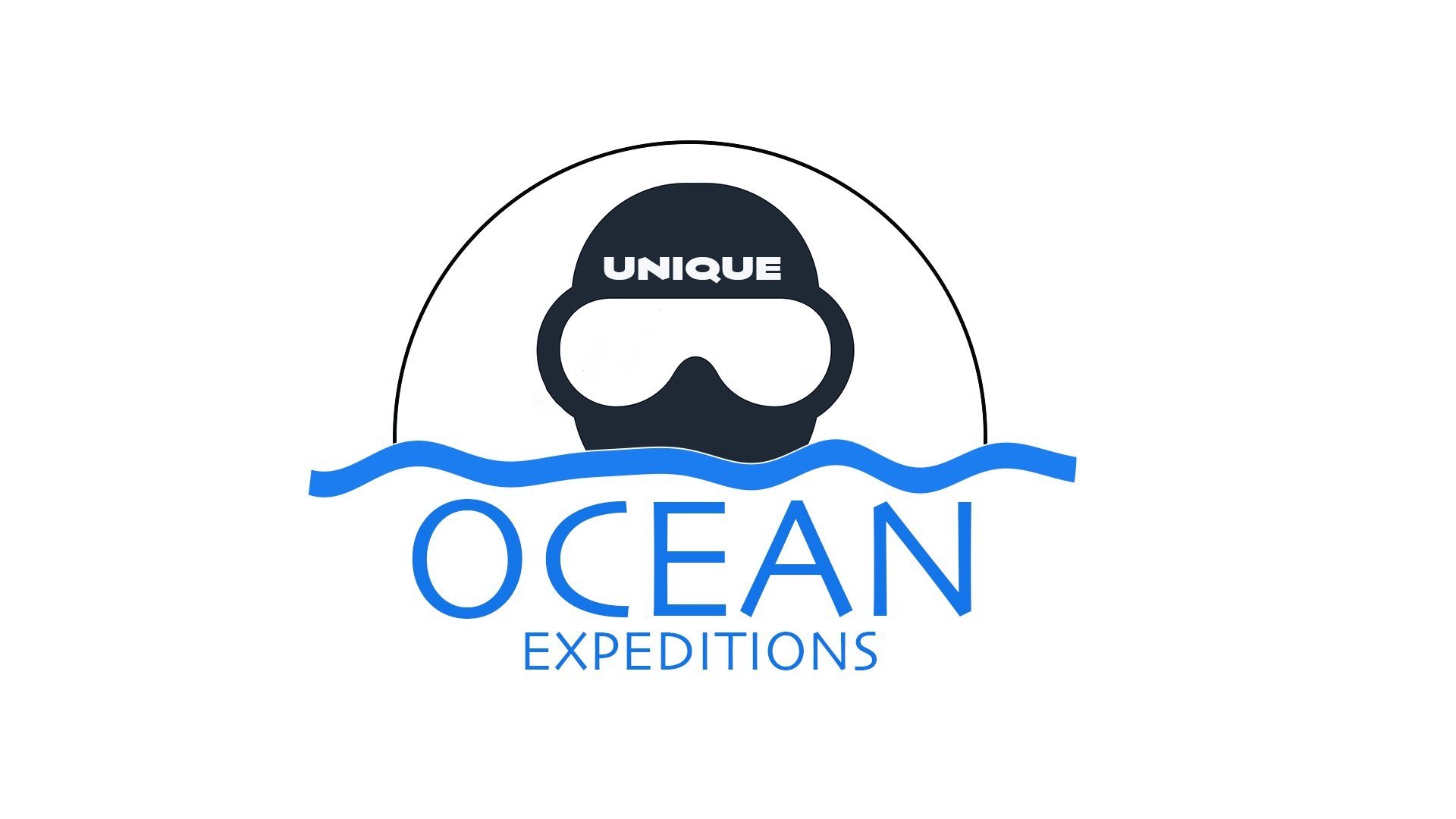MEXICO
SOCORRO ARCHIPELAGO
GIANT MANTAS, SHARKS & DOLPHINS
THE EXPEDITION
The Socorro Archipelago, also known as the Revillagigedo Islands, is located off the coast of Baja California, Mexico and is renowned for it’s Giant Oceanic Manta Rays, 12 species of sharks and playful bottlenose dolphins.
This expedition aboard the Nautilus Explorer Liveaboard offers a unique adventure for advanced divers wanting to witness large megafauna and open ocean adventure.
Join Unique Ocean Expeditions team as as we venture to Mexico’s Pelagic haven ‘ The Socorro Archipelago ‘ during the months of November and December annually.
During these select few months we can offer a Unique Socorro Islands and Magdalena Bay combo Itinerary pre or post expedition.
AVAILABLE DATES
LIVE-ABOARD ONLY
STARTING AT $3,845
BASED ON TRIPLE STATEROOM SHARING NO TAX INCLUDED
SOCORRO ARCHIPELAGO
Socorro Archipelago is a small volcanic island situated around 400km of Mexico’s west coast, Baja, Cabo San Lucas. It is one of four main islands that form the Revillagigedo Archipelago. These four islands are called Socorro Island, Roca Partida, San Benedicto and Clarion all make up the Revillagigedo UNESCO World Herirage site. These islands include the famous dive sites Socorro, San Benedicto & Roca Partida and are all amazing for exploring underwater.
The manta behavior here is quite unique in the world. The giant mantas of Socorro seek out interactions with divers. They swim just overhead to be tickled by bubbles. Sometimes they hover alongside or underneath a diver, where they often stay, curious and seemingly in want of some kind of connection.
It’s one of the main reasons people come to visit the Socorro Islands (a.k.a. the Revillagigedo Archipelago). Although a 24 hour live-aboard boat ride it is well worth the full-day motor south from Cabo San Lucas.
Your expedition, weather dependent, will include four dives per day each with an opportunity to encounter resident pods of playful dolphins or giant manta rays. You may also see up to 9 varieties of shark: schooling scalloped hammerheads, solitary giant hammerheads, Galápagos, whitetip reef, silver-tip, silky, tiger and oceanic whitetips. The list also includes whale sharks and on occasion even a thresher shark.
On most days, visibility is 70 to 100 feet. When the current picks up, the ash from these volcanic isles can rise, reducing the visibility to 30 feet.
MAGDALENA BAY
Magdalena Bay is a 50 km long bay in Comondú Municipality along the western coast of the Mexican state of Baja California Sur. It is protected from the Pacific Ocean by the unpopulated sandy barrier islands of Isla Magdalena and Isla Santa Margarita. Here every year around October and November large schools of sardines turn up to be feasted upon by stripped marlin and plenty of other pelagic’s.
Our day starts by leaving the dock early morning as the birds begin to leave looking for the sardines so do we, for an action packed blue water experience. Looking for sardines, schools of birds and any other pelagics that we come across we wait prepared to jump in and snorkel with the feeding frenzy action as marlins and sea lions take turns to deplete the baitballs. Every day offers some unique experience and its not uncommon to encounter whales, schools of mobula rays and even ocras.
For the last few years between October and December Striped marlins have been gathering here to feed on the large amount of mackerel and sardine baitballs that form here. It is quite unbelievable how many stripped marlins are hunting here and its not uncommon to jump in on a baitballs with more than ten individuals hunting.
We will spend four days of this expedition looking for marlins and pelagic’s.
M/V NAUTILUS EXPLORER
RATES 2026
NAUTILUS EXPLORER LIVE-ABOARD RATES ONLY
TRIPLE STATEROOM - 3 spaces - $3,445 - 5% Tax = $3,618
STATEROOM - 12 spaces - $3,845 - 5% Tax = $4,038
SUPIER SUITE - 6 spaces - $4,345 - 5% Tax = $4,563
SINGLE CABIN - 2 spaces - $4,807 - 5% Tax = $5,044
PREMIUM SUITE - 2 spaces - $4,945 - 5% Tax = $5,193
TOTAL - 25 DIVERS
MARINE PARK FEES SUBSIDIZED BY NAUTILUS EXPLORER FOR 2025 IS $172 X 5 DAYS = $860 PER PERSON
ADD ON RATES
MAGDALENA BAY - 5 DAYS - RATES 2026
SOCORRO ARCHEPALAGO LOCATION
ITINERARY
PRICE BREAKDOWNS
INCLUDES
7 days of Diving
All meals - Liveaboard Only
Transport to and from Diving
Park Permits
EXCLUDES
International & Domestic Flight
Gratuities
Rental and Dive Gears
DIVE INFORMATION
WATER TEMPERATURE - 25c / 68F
WETSUIT - 5mm / 7mm
San Benedicto - This is the third largest in the Revillagigedos group and is often the first place to be visited on liveaboard diving trips to the Socorro area. San Benedicto is known throughout the world for the quality of manta ray encounters which divers experience here. This is not just a quick glance at a passing manta ray or two but a series of prolonged and intimate interactions with several giant Pacific manta rays. These majestic creatures come to this area to be cleaned by Clarion angelfish.
Mantas take center stage alongside a glittering support cast including: schools of hammerhead sharks, dusky sharks, silky sharks and dolphins. The most highly rated dive site at San Benedicto can be located at the surface by sighting the swell and surf that looks like the sea is boiling. When you see this you know you have arrived at The Boiler.
The Boiler features a beautiful pinnacle which rises from a base of around 165ft (50m) to within 20ft (6 or 7m) from the ocean surface. Most of the beauty at this site is within 100ft (30m) depth so there is no need to dive very deep. Certainly you do not need to go too deep to experience some unforgettable encounters with giant Pacific manta rays.
Since this is a cleaning station where Clarion angelfish nibble parasites of the grateful mantas' bodies, you can see many of them gathered here. They seem to almost welcome the presence of scuba divers, and might swim very close to come eyeball to eyeball with you. They also clearly revel in the sensation of divers' bubbles rippling up against their bodies. If they came for the equivalent of a spa scrub from the Clarion angelfish then you are providing a gentle bubble massage.
Located on the south side of San Benedicto is The Canyon, which is likely to provide you with more unforgettable experiences with marine mega-fauna. Mantas are often seen here too although the encounters tend not to be as awesome as at The Boiler, although they can still be pretty awesome.
Socorro Island - Indicated on the surface by a thin finger of rock stretching out from the east coast of the island, Cabo Pearce is a reef that extends out into the prevailing current.
There is often a lot of dolphin activity here and a pod may greet your liveaboard dive tender and entertain you before you even hit the water. Few places in the world offer experiences with dolphins like here, which are far from fleeting. Here they may hang around to see you entering the water and dropping down and could stay in the area for your whole dive, their playful clicks and squeaks dancing through your ears, when they are not directly in sight.
One way to dive this Socorro site is to descend and nestle among the rocks, protected from the strongest of the current. Here you await the majestic sight of a huge school of scalloped hammerheads, weaving their way into view. Silky sharks are also not uncommon here, particularly later in the day.
There is a plateau at 33 to 39ft (10 to 12m) where you can spot smaller creatures including lobsters and various little schools of reef fish. The plateau gives way to an interesting cavern which is one of Socorro's few photogenic topographical features. There is a good chance of encounters with other species such as Galapagos sharks, gray reef sharks and silky sharks.
Located on the west coast of Socorro Island is Punta Tosca, another site where the chance of long and intimate encounters with dolphins is strong.
Roca Partida - meaning 'split rock', is a small pinnacle that rockets up from the sea floor from below 164ft (50m) depth, approximately 64 miles (40 km) from Socorro. The 2 points of the split pinnacle rise above the surface and have met with the unfortunate fate of being a dumping ground for gulls and boobies that leave deposits all over the rock. To be on a dive tender downwind of this site is a sensory experience not to be forgotten.
The topside scenery and scent, combined with the incredible underwater action, have led many to compare the scuba diving here to Wolf and Darwin islands in the Galapagos. For some, Roca Partida represents the best spot in the Revillagigedos Islands and is an essential part of the Socorro diving experience. It is a magnet for pelagics like wahoo, marlin, Giant Pacific manta rays, tuna and mackerel. Whitetip reef, scalloped hammerheads, silvertip sharks, Galapagos sharks and whale sharks are among the shark species seen here. Dolphins and humpback whales are also sighted some times.
There are vertical walls dropping down to 130+ft (40+m) and often current is present. However, it does not represent too much of a challenge to the experienced diver. The pinnacle itself is quite small and can be circumnavigated more than once if that is how you choose to dive it. Alternatively you can swim away from the walls to take get closer to the passing pelagic action and improve your chances of seeing the schooling hammerheads.
Isla Clarion – About 240 miles west of Socorro lies another body of land, the second largest in the Revillagigedo Islands. Formerly named Santa Rosa, it was renamed Clarion Island after the American brig “Clarión” in the early 1800s. The Clarion Angelfish is named after Clarion Island but is seen all around Revillagigedos. As a juvenile it has bright blue bands that fade away as the fish matures. It is generally considered to be an endemic species to the Revillagigedos archipelago. Adults are commonly seen cleaning parasites from the giant manta rays.
Clarion is also home to silvertip and Galapagos shark nurseries and turtle nesting beaches. As such, it is no uncommon to see tiger sharks in the área.
Isla Clarion is little over five miles long and two miles wide. With three volcanic peaks, rolling landscape and rocky, perpendicular cliffs, it looks much like Socorro Island. There is a bay called Sulphur Bay on the south side of the island.
PRESENTATIONS
During your stay with us your Expedition Leader and Location Expert will be working together delivering you in depth presentations regarding the biology of what we are witnessing. These presentations have taken years to formulate and develop and what makes part of our collaboration with Unique Dive Expeditions so special.
